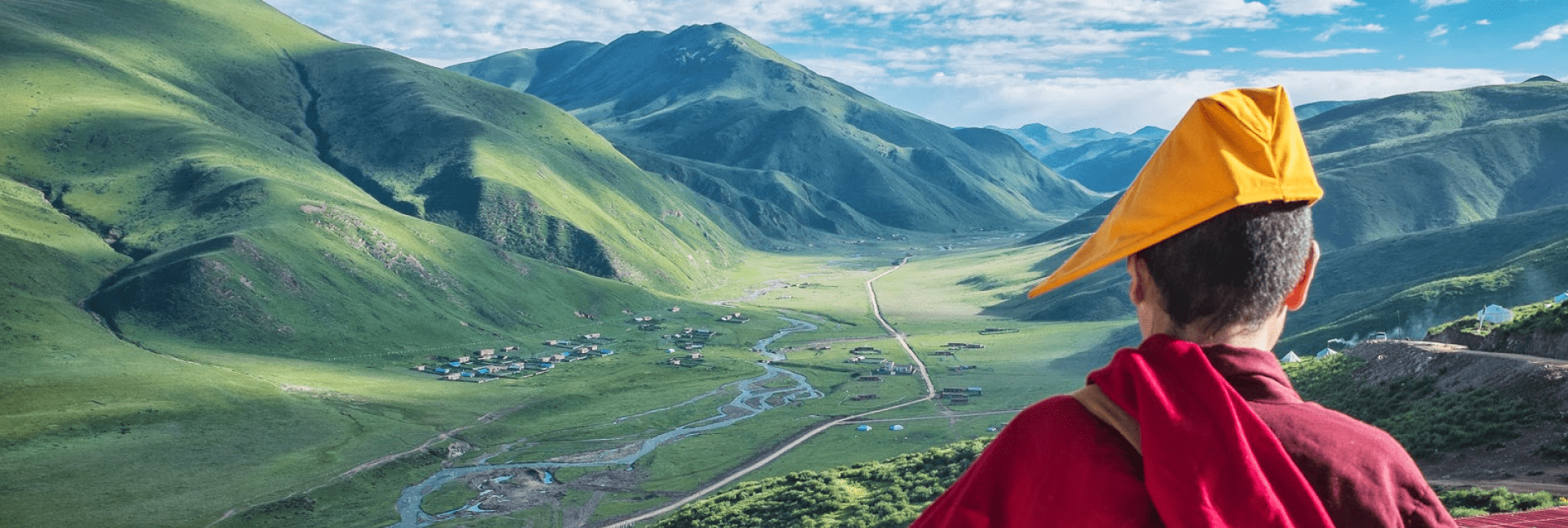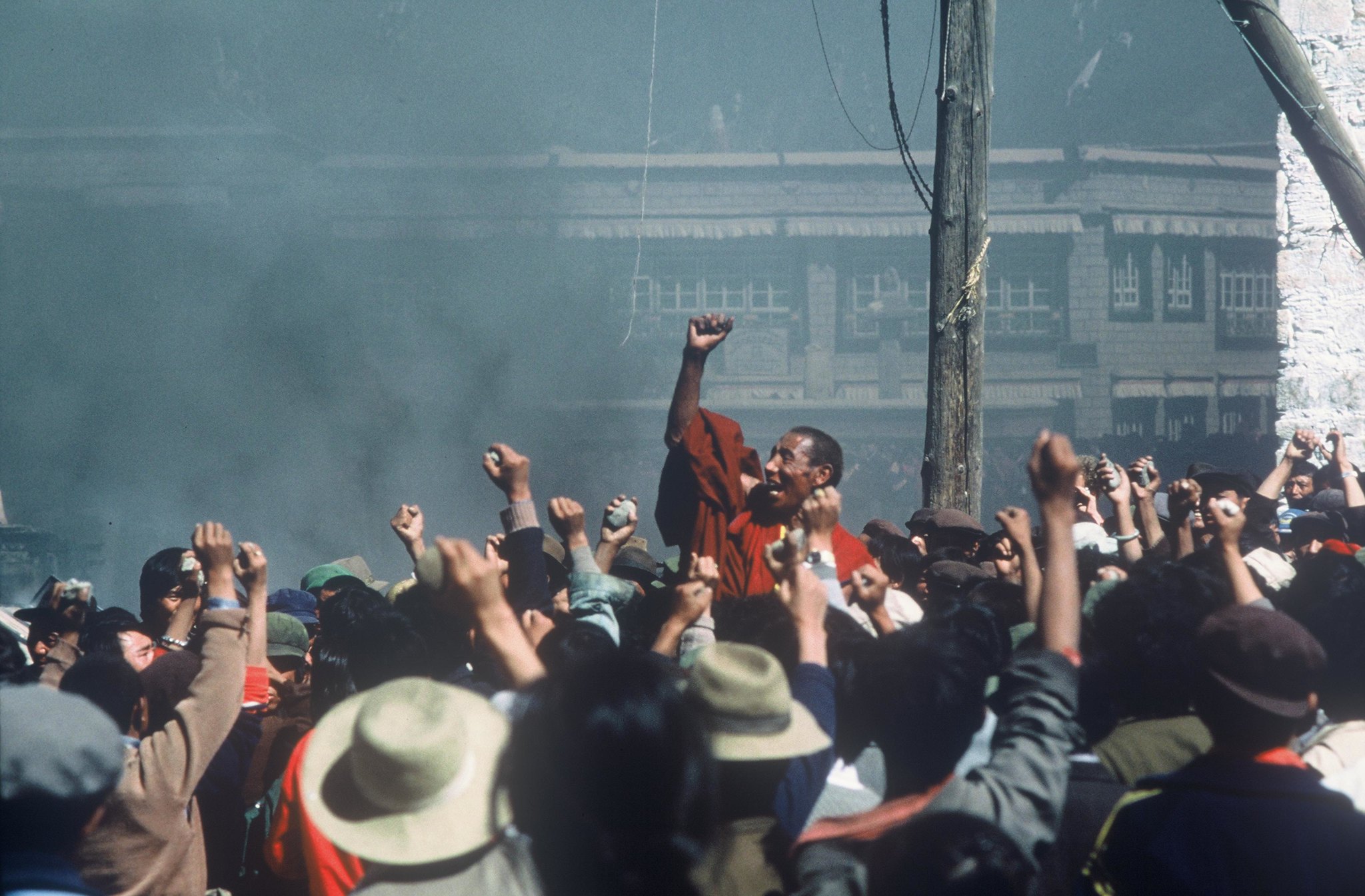
Tibet's resistance
In the face of oppression and authoritarianism, with the deck stacked against them, Tibetans continue to rise up against the Chinese Communist Party’s rule and assert their demands for freedom.

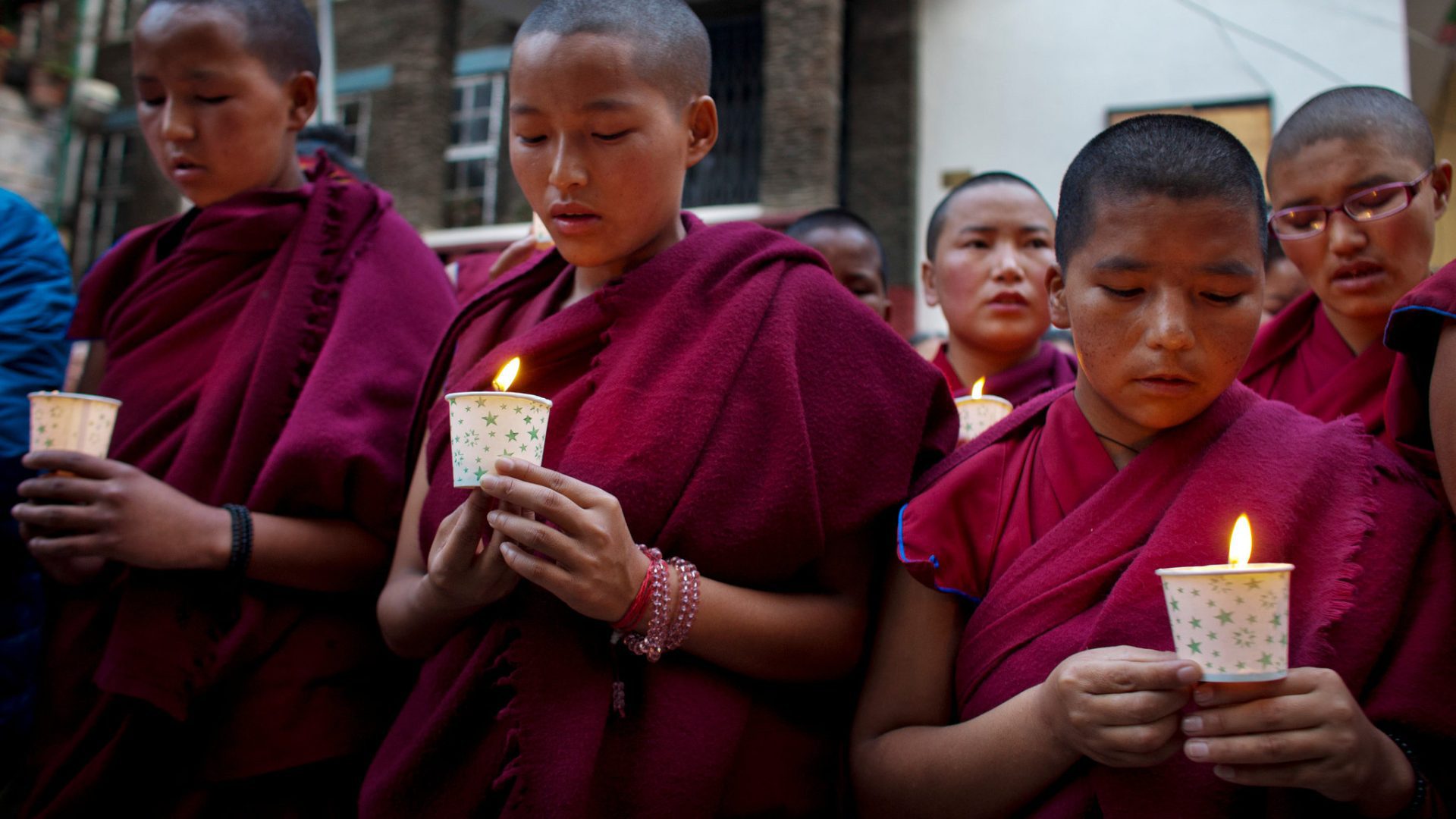
Since March 2009, more than 150 people are known to have set themselves on fire inside Tibet to protest against the repressive Chinese occupation.
Self-immolation protests peaked in 2012 when more than 80 took place. There have been far fewer since 2013 but they are still a feature of Tibetan resistance – in 2022, there have been two confirmed self-immolations in Tibet.
Although many monks and nuns have set themselves alight, most self-immolation protesters have not been from religious institutions. They include teachers, students and herdsmen, as well as mothers and fathers.
The youngest was just 15 years old.
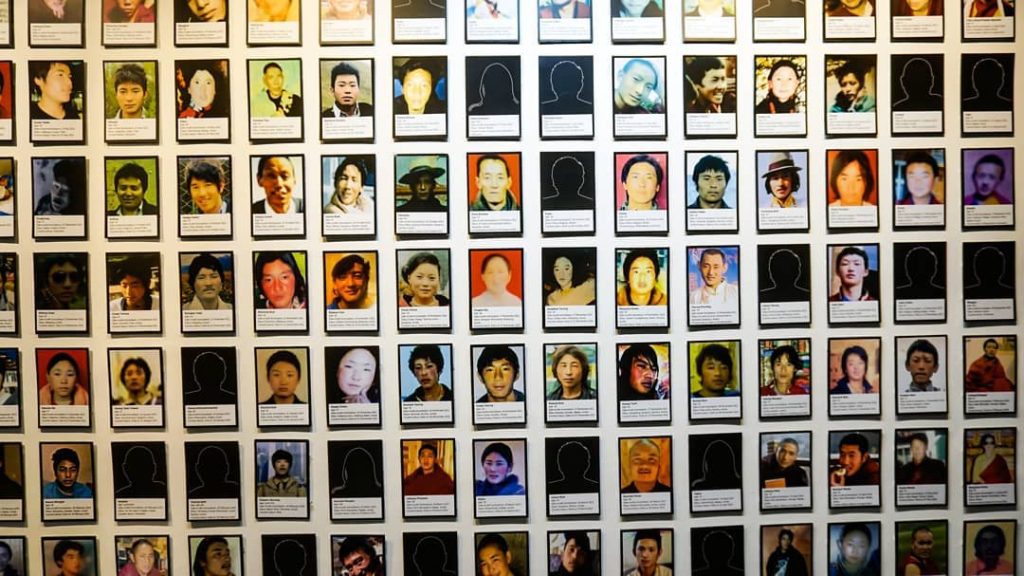
Photos of some of the 150+ Tibetans who have performed self-immolation protests, shown at the Tibet Museum, Dharamsala
Many of the protesters have shouted slogans while on fire, including calling for the Dalai Lama’s long life and his return to Tibet, for the Panchen Lama to be freed, and for human rights and freedom in Tibet.
Several have urged Tibetans to stay united and protect Tibetan identity, such as Tsering Gyal, a young monk who set himself on fire in November 2013. Before dying he told his companions on the way to the hospital: “Today I self-immolated for reunion of Tibetans inside and outside Tibet. My only wish for you is to be united and to work for the preservation of Tibetan language and tradition. If we do these things, Tibetans will be reunited.”
Some protesters have left final written and recorded messages.
Sonam Topgyal, a 27-year-old monk who staged a self-immolation protest in July 2015, left a letter saying that “Chinese authorities repress [Tibetans] with their violent and brutal law, by demolishing our religion, tradition and culture and causing environmental devastation. Meanwhile, people absolutely have no freedom of expression nor can they convey their grievances.”
Sangye Dolma, who set herself on fire in November 2012, left behind a self-portrait photo with the words “Tibet is an independent country” written on her hand.
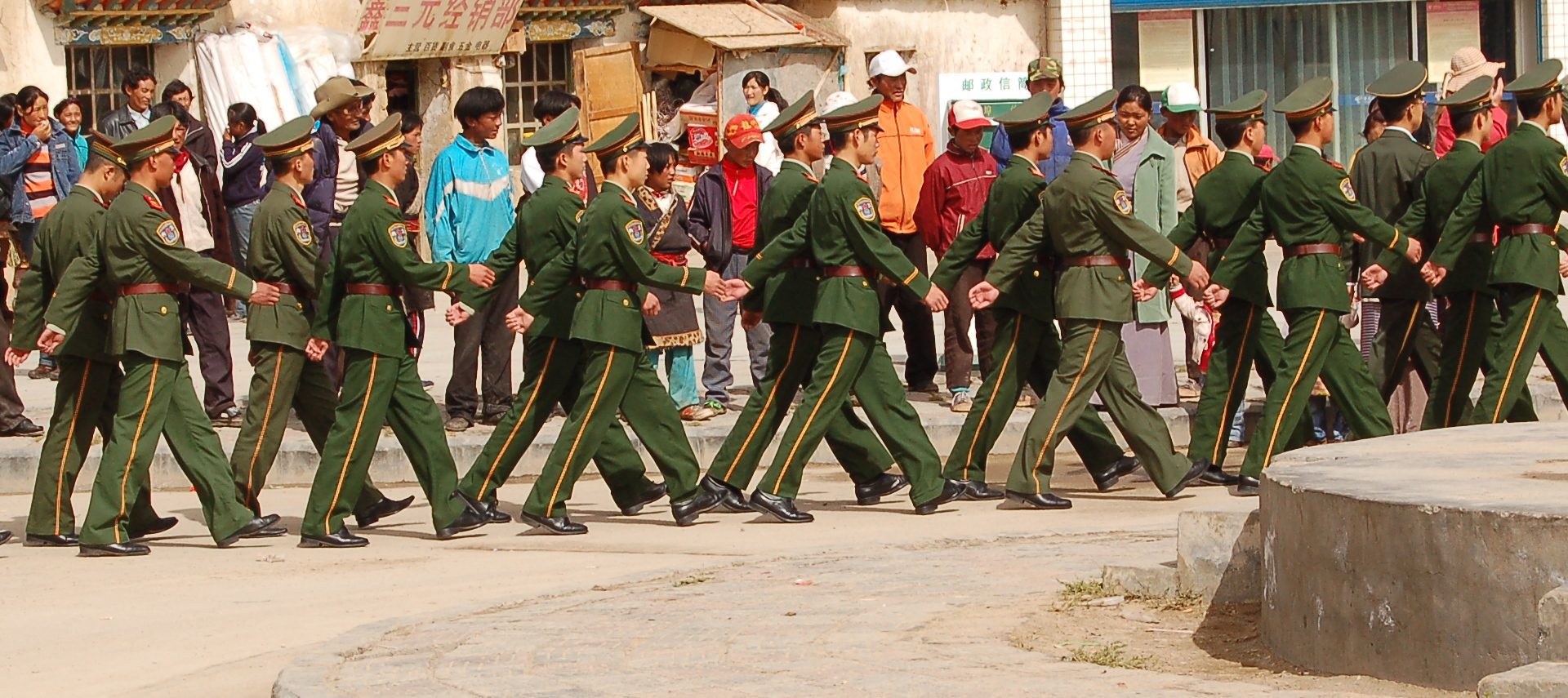
The Chinese government has responded to the protests with a surge in activity by security forces, a propaganda campaign against the protesters and punishments for protesters’ families and communities. Self-immolators who survived their protests have been detained and the whereabouts and condition of many of them are still unknown.
Severe punishments are handed out to those accused of assisting or encouraging the protesters or sharing information abroad. Frequently protesters’ bodies are cremated by security forces to prevent families from carrying out traditional funeral ceremonies. Local communities are threatened with punishment for holding prayer services or offering support to protesters’ families.
China has described the protests as “violent behaviour whose aim is to create an atmosphere of terror” and accused the Dalai Lama of instigating the protests. The Dalai Lama has not called for an end to the protests but has expressed his “sadness” over them and urged the Chinese authorities to “investigate what is the cause of this symptom, of these events”.

In the face of oppression and authoritarianism, with the deck stacked against them, Tibetans continue to rise up against the Chinese Communist Party’s rule and assert their demands for freedom.
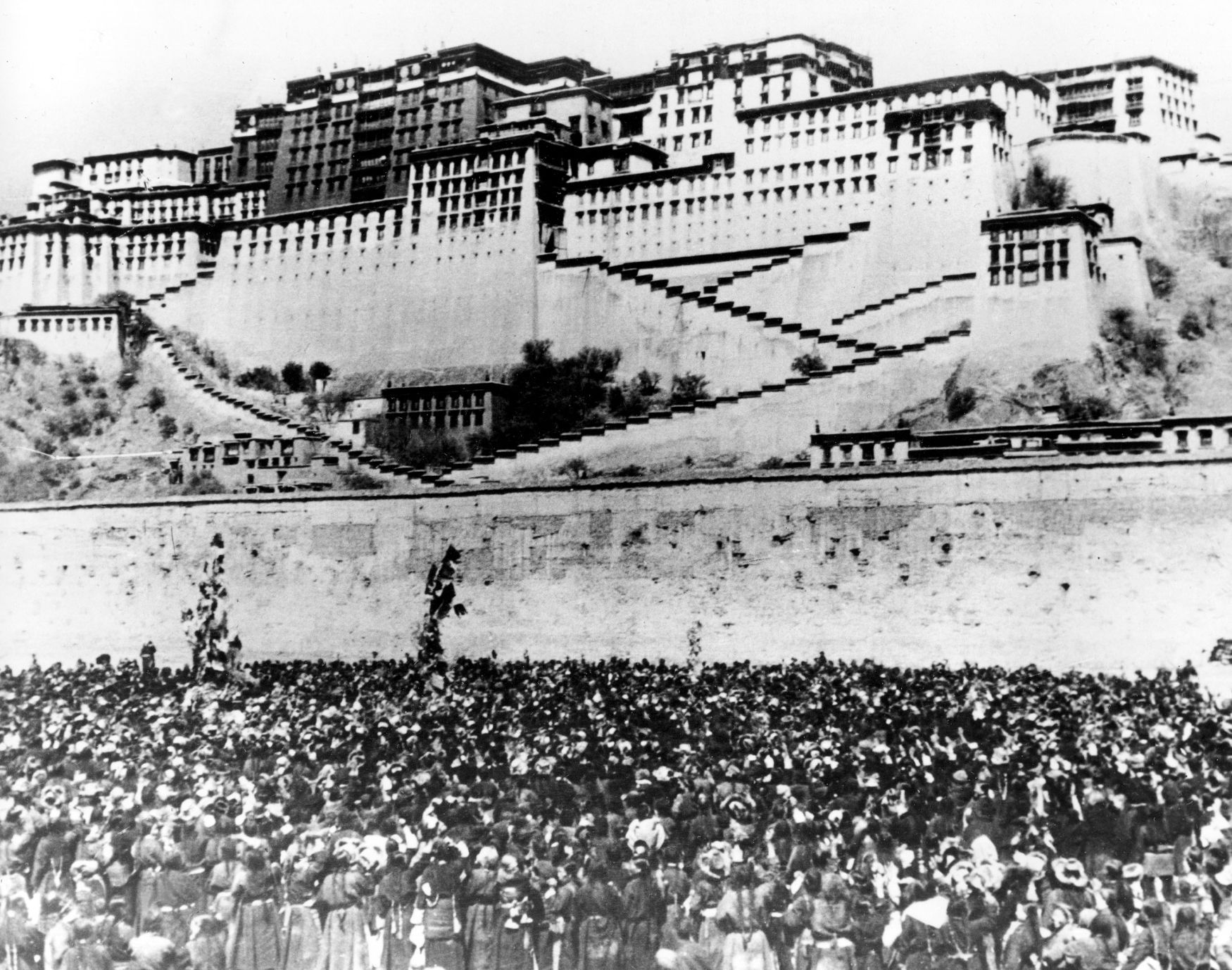
On 10 March 1959, Tibetans in their thousands rose up in protest. They gathered in the streets of their capital Lhasa and surrounded the Potala Palace to protect the Dalai Lama, who they feared was in danger of assassination.
